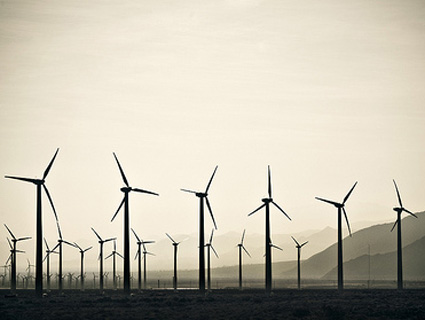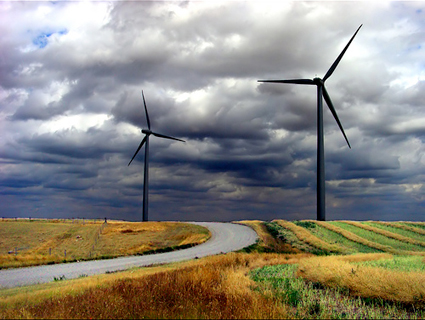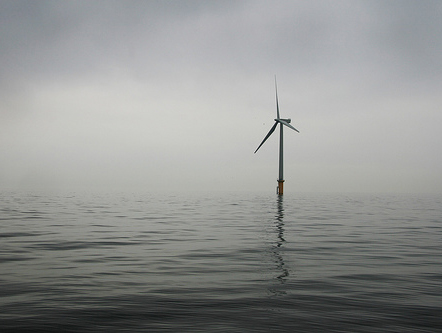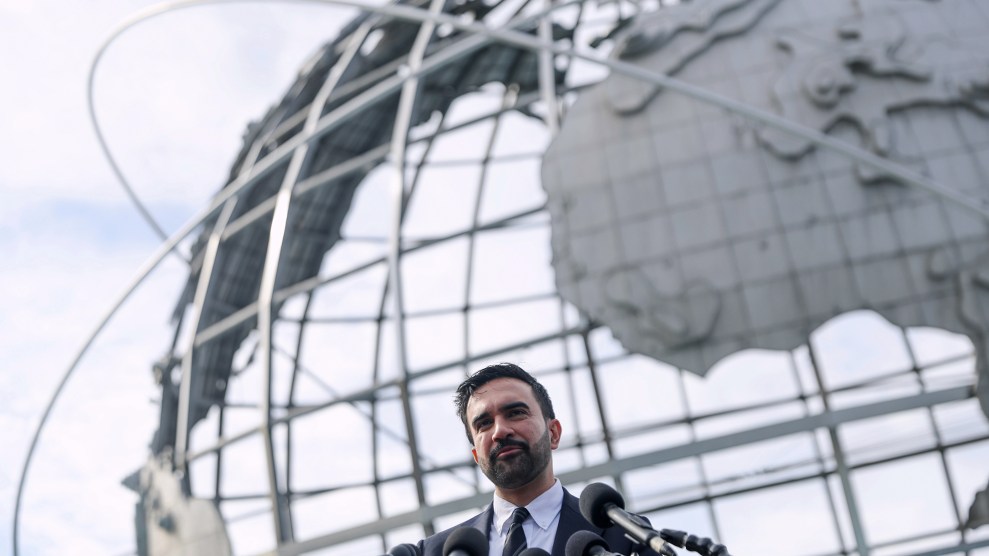
<a href="http://www.flickr.com/photos/dearsomeone/5430339038/sizes/m/in/photostream/">dearsomeone</a>/Flickr
For green energy fans, Tuesday’s vote on state-level ballot measures was a mixed bag. Michiganders voted down a measure to increase the state’s clean energy mandate, while California voters approved an increase in taxes on out-of-state businesses in order to fund clean energy projects.
More on the Michigan measure, which aimed to raise the state’s renewable energy standard to 25 percent by 2025, from the Detroit News:
With most precincts reporting, 63 percent of voters opposed the measure.
“Obviously, we’re pretty happy with what we’re seeing,” said Steve Transeth, the former head of the Michigan Public Service Commission who has worked to defeat the ballot measure. “As we’ve said all along, it’s very important we move forward with clean energy and a clean environment. But this proposal was just not the way to go about it.”
Proposal 3 represented a doubling-down on renewable energy after state legislators voted in 2008 to reach a 15 percent standard by 2015. Those backing the ballot measure claimed the new standard would not only accelerate Michigan’s move away from environmentally-damaging fossil fuels, but create jobs and investment from the construction and maintenance of wind turbines.
There was better news out of California, where voters approved Proposition 39. The measure is expected to generate $1 billion a year that will fund clean energy and other state programs by closing a loophole that currently allows out-of-state businesses to avoid some taxes. From the Sacramento Bee:
The initiative was leading 59 percent to 41 percent late Tuesday with 43 percent of the vote counted.
Proposition 39 was backed almost entirely by billionaire hedge fund manager Tom Steyer, who spent $32 million on the campaign.
The initiative would initially pump $500 million into the state budget and education in the first half of 2013. Thereafter, it would also devote about $500 million for clean energy, in addition to $500 million for the budget and education each year.















